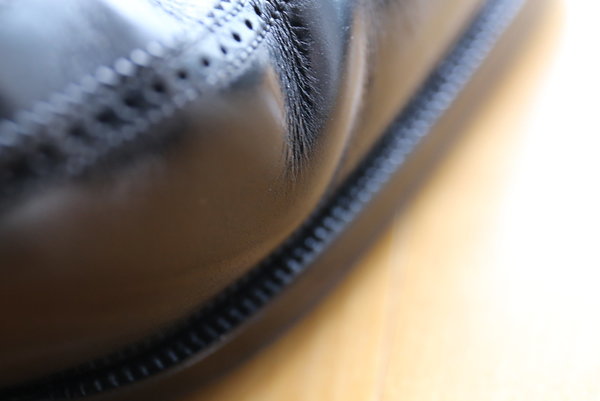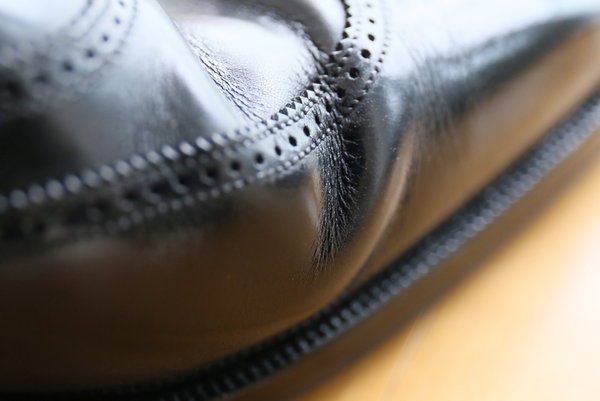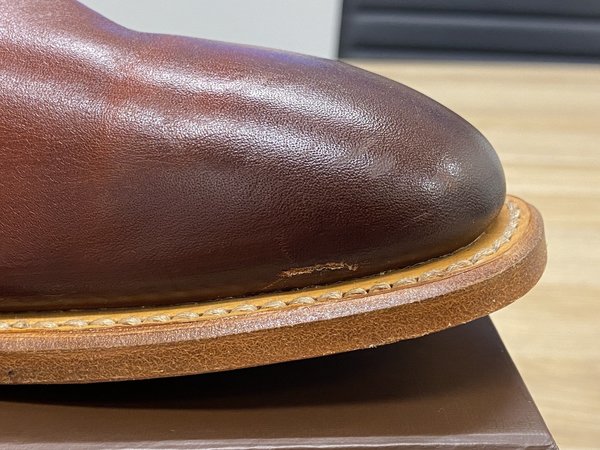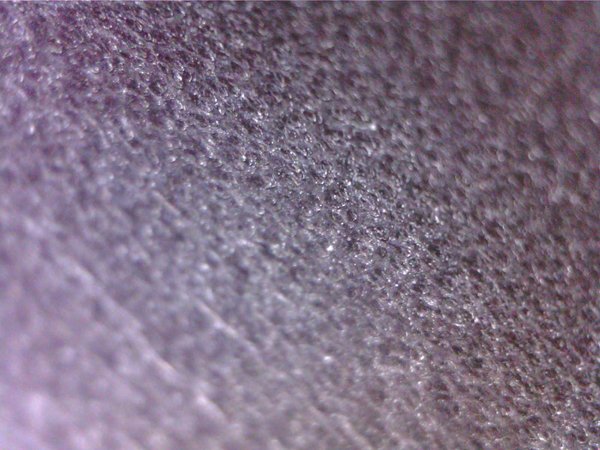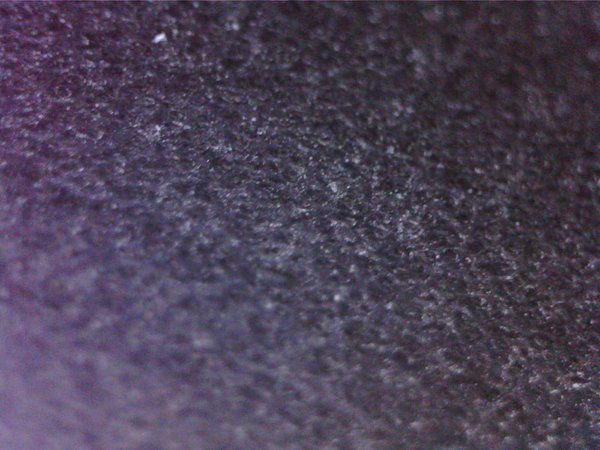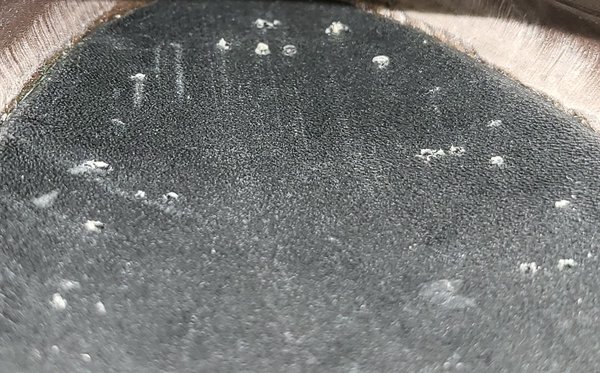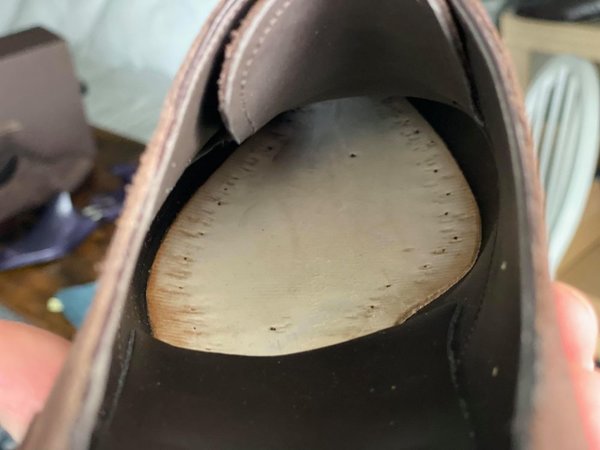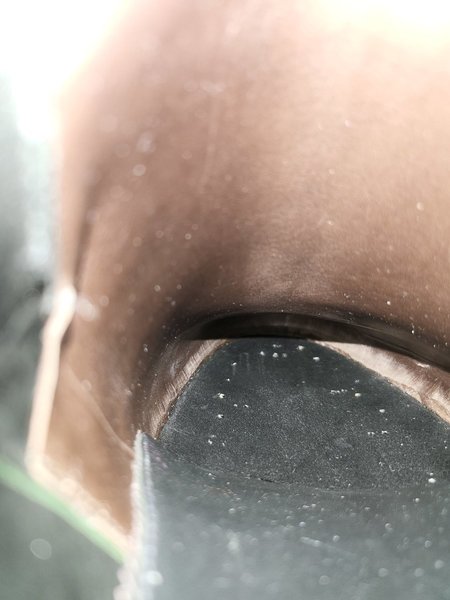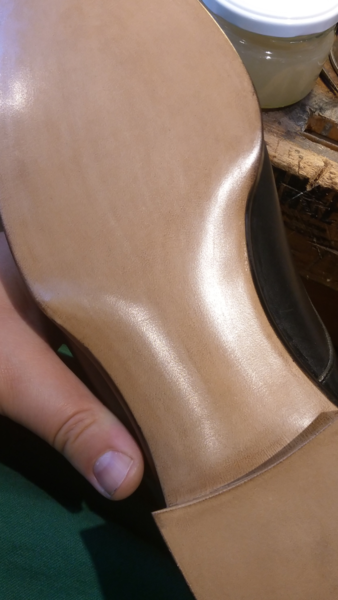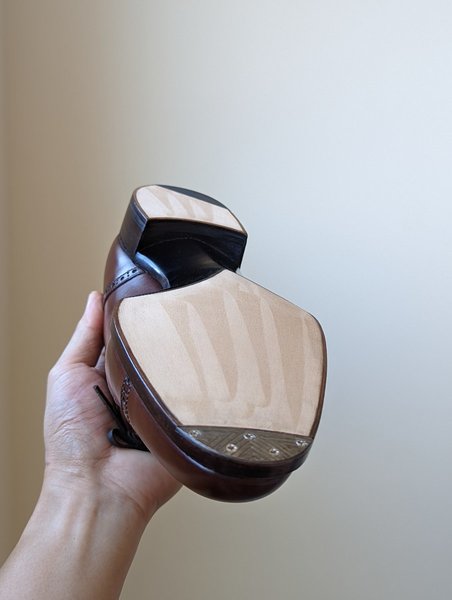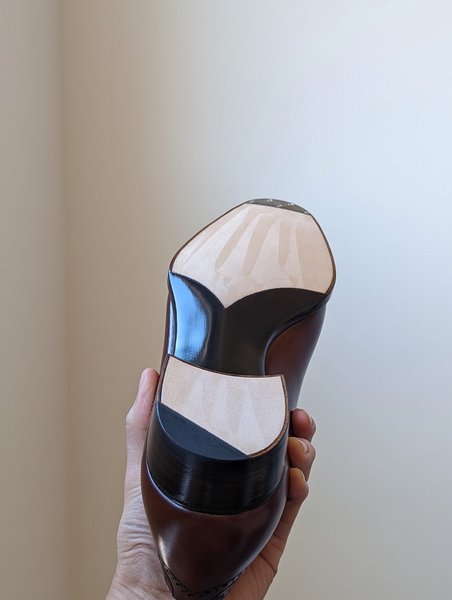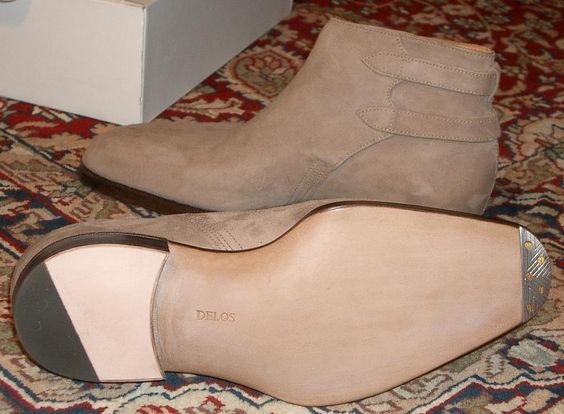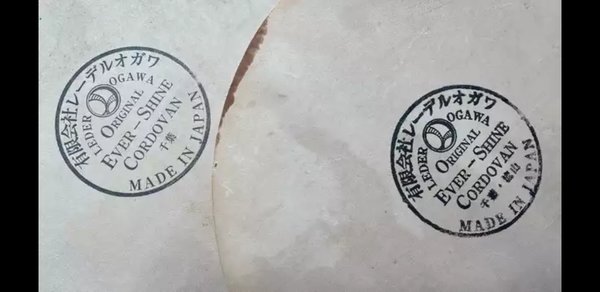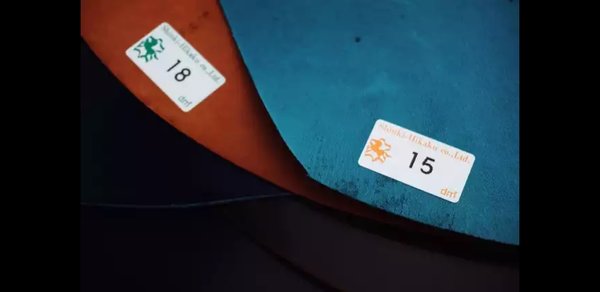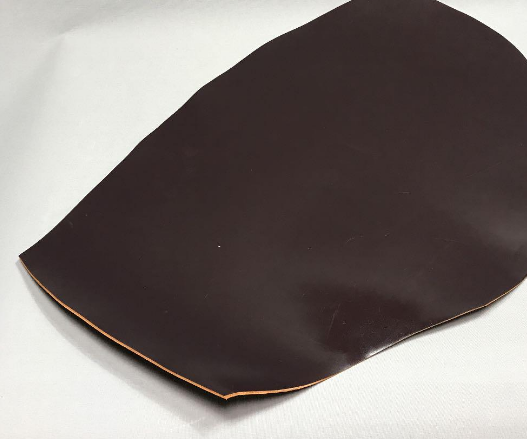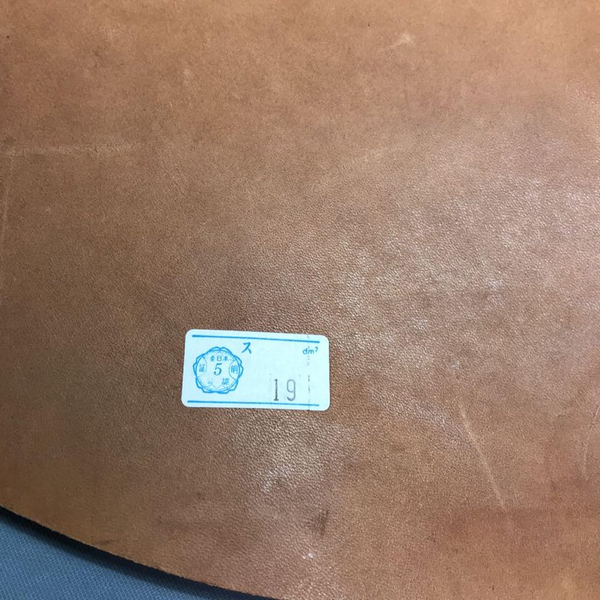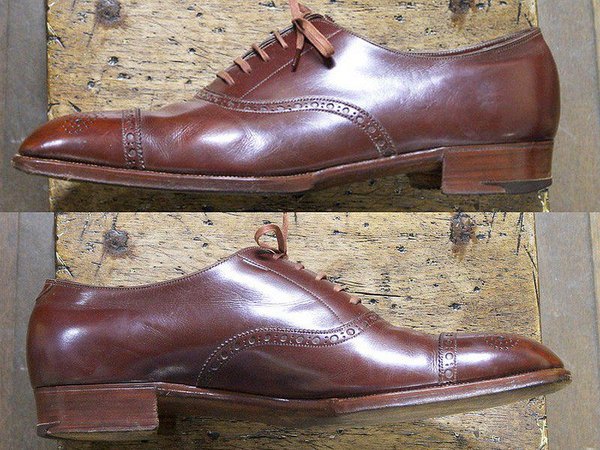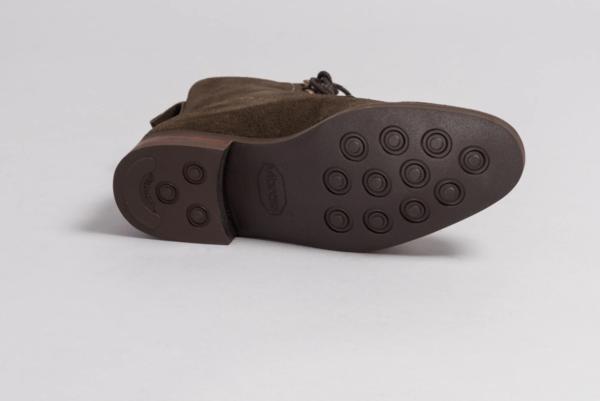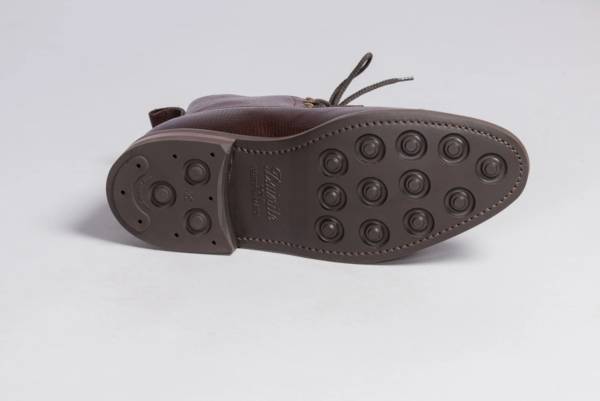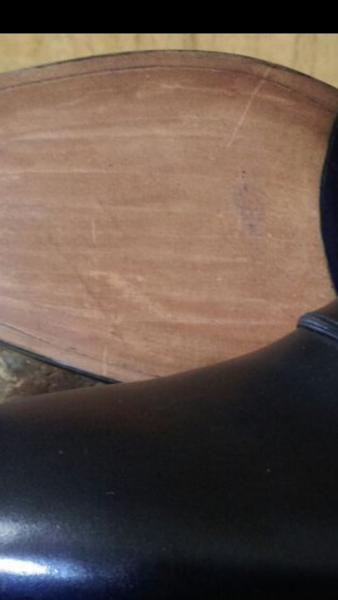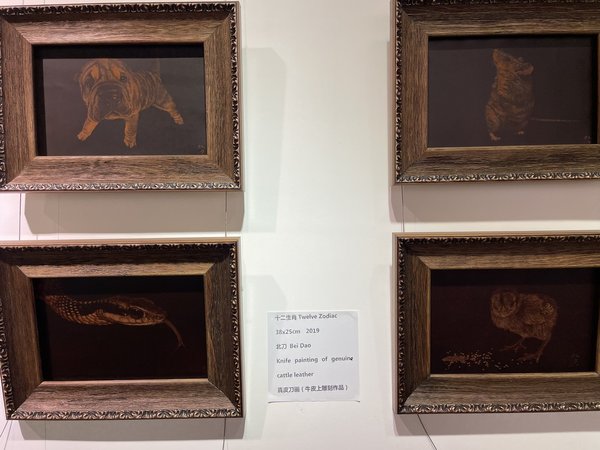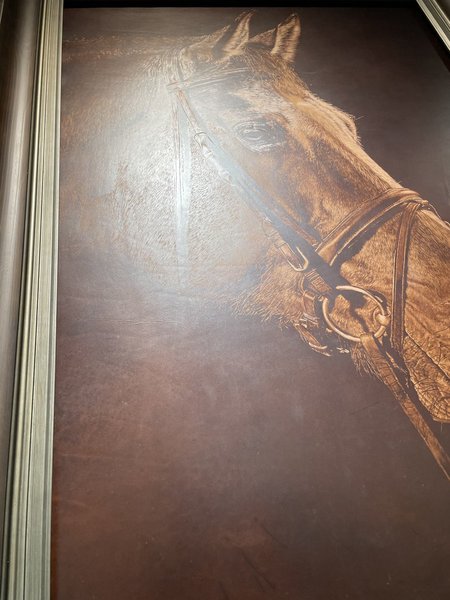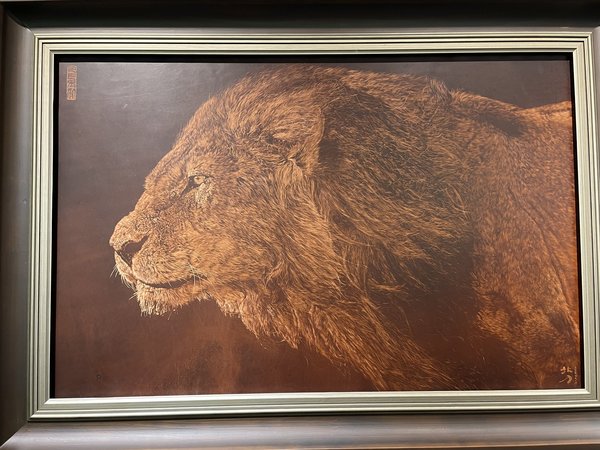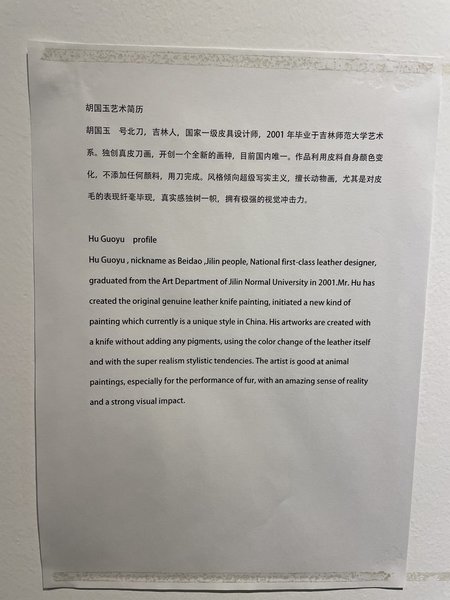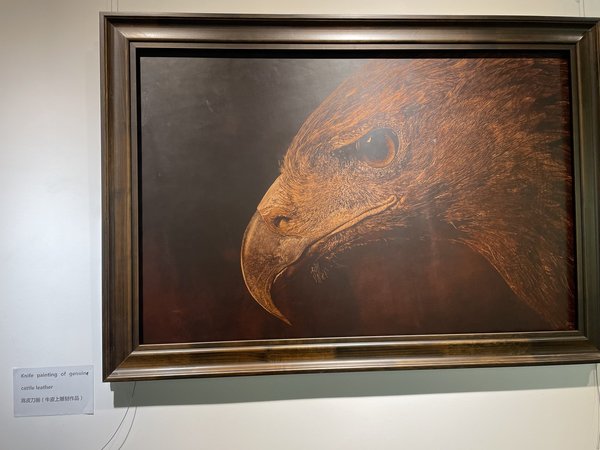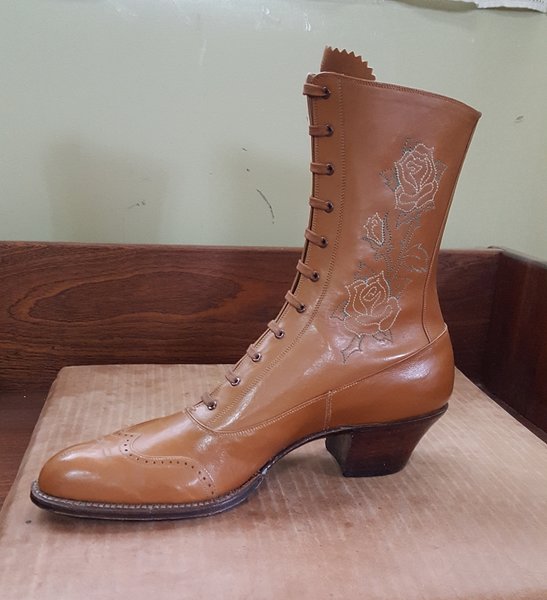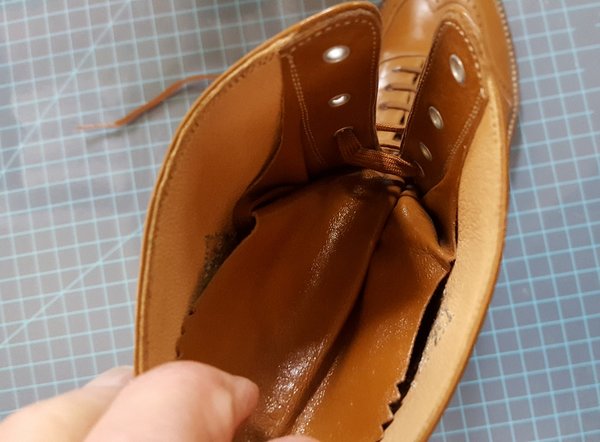ThunderMarch
Distinguished Member
- Joined
- Oct 23, 2014
- Messages
- 1,734
- Reaction score
- 1,806
Once again, thank you very much, DW. It couldn't have been explained better I think.
This has been addressed a number of times...not that it shouldn't be, but the answer is never very popular here....
Theoretically, and all other things being equal, the lower the heel height the more toe spring is wanted. If only for the reason Nicholas mentioned. And more creasing in the forepart of the shoe inevitably leads to lower life expectancy of the shoe.
Like a lot of things regarding fashion, and esp. on StyleForum, such considerations are easily dismissed or discounted. And, in fact, the shortened life expectancy may indeed be marginal in the larger scheme of things. But unless people are buying clothing almost entirely for the superficial aspects and the cachet associated with having, and casually/carelessly spending, more money than everyone else around them, the niceties of quality and all that is associated with objective quality--issues pertaining to life expectancy, IOW--are relevant.
Currently, fashion dictates a lower profile for men's shoes. We've been here before in centuries past...to the point where once upon a time, shoes and boots had virtually no toe spring regardless of heel height. And vice versa--when shoes had more toe spring than is in vogue today. These are all ephemeral, will-o-the-wisp notions and ever changeable. In ten years more toe spring might be the very thing.
Beyond all that, AFAIK, there is no bio-mechanical reason to prefer more or less toe spring except perhaps initially, during break-in of the shoe--the resistance or lack thereof to easy, comfortable flexion of the foot. This is one of the reasons toe spring is incorporated into high heeled boots--the foot has so little room or ability...already being in a flexed position...to bend and break-in the leather outsoles. Without the toe spring, the rolling, "rocking chair" motion disappears and you get a clumping, slapping gait.
As a far as structural reasons, just as when a shoe with minimal toe spring will tend to curl up at the toe, so too will a shoe with more toe spring tend to flatten as body weight settles into the shoe. As this happens, my experience is that it draws or creates lines of "pull" from the back of the quarters forward. This tightens the topline and accentuates the ability of the shoe to cup and hold the heel without slipping.
But, as implied, except for more creases, shortly after the first couple of wears, the shoe that begins life with more toe spring will be virtually indistinguishable from one with less.
Toe spring is toe spring...it's all in the last and the eye of the beholder. And is probably more important to marketing than to making. For shoemakers...or at least this shoemaker...there is no heightened skill or sense of mastery associated with more or less. The only significance, in that regard, might be simply as an indicator of how closely attuned the maker is to fashion versus sound shoemaking practices.
--
Once again, thank you very much, DW. It couldn't have been explained better I think.






